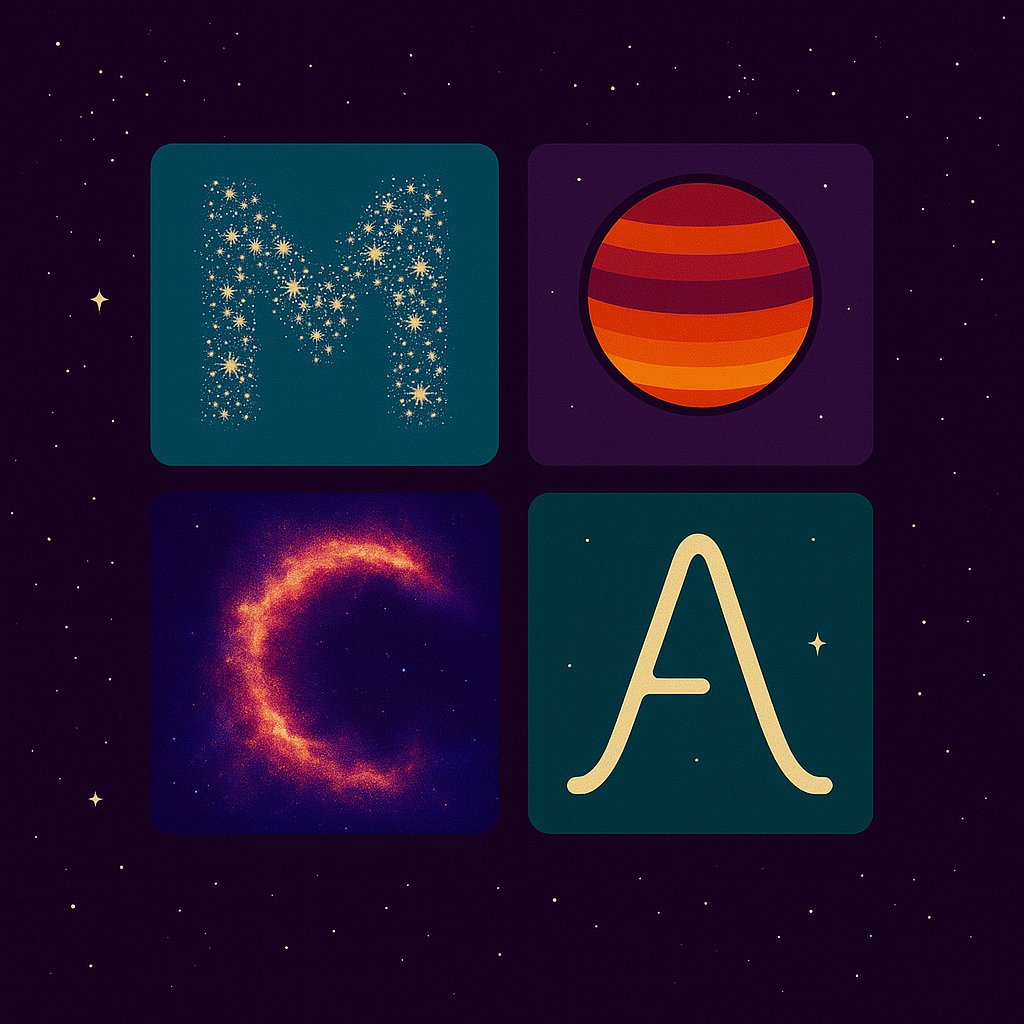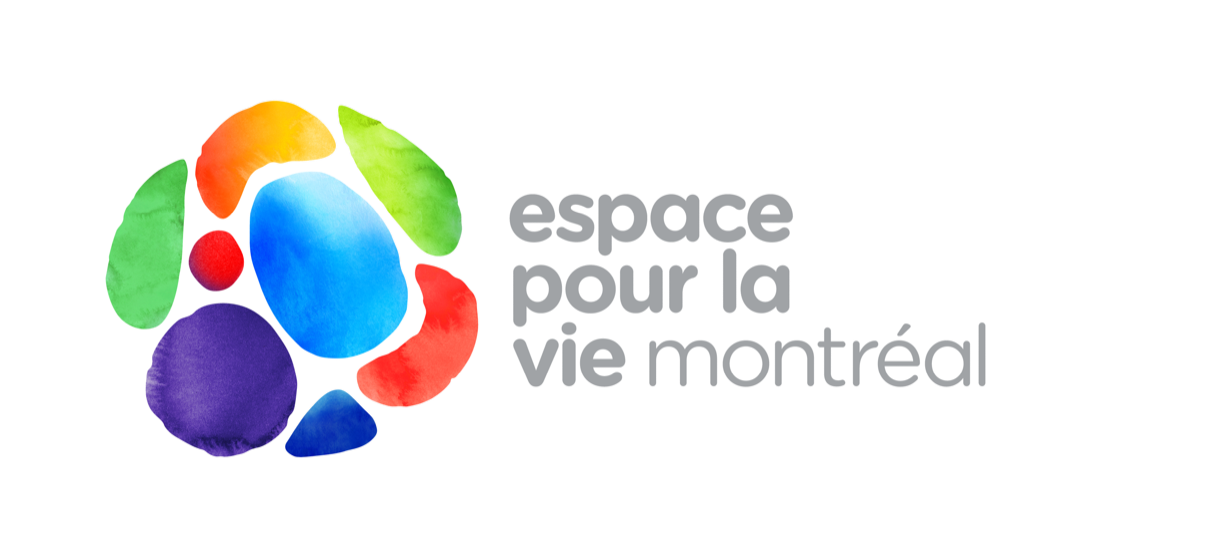Welcome to the Montreal Open Clusters and Associations (MOCA) database.
This website contains a collection of datasets on stellar associations and open clusters and their members. Although the MOCA database itself is accessible directly through SQL, this website will aid in consulting the MOCA dabase in a more user-friendly way although with limited functionalities.
The MOCA database should contain most associations, stellar streams, moving groups and open clusters within 500 pc of the Sun. The database also contains some open clusters at further distances and a large number of brown dwarfs not in young associations, thanks to the work from the UltracoolSheet team.
You can find a tutorial of the basic functionalities of the MOCA database and this website here.
You can join the MOCAdb Slack channel here to join community discussions.
MOCA not only provides literature measurements, but calculates combined quantities such as best-guessed center-of-mass radial velocities corrected for various biases, Galactic XYZ coordinates and UVW space velocities, and membership probabilities calculated with BANYAN Σ. These calculations are routinely updated in an automated manner as more data is included in MOCA.
A full description of the MOCA database schema can be found here.
Instructions for connecting to the database using a desktop client such as Sequel Ace or DBeaver are available here. Connecting to the MOCA database through Python scripts can be done using the mocapy package. A data visualization web tool is also available at this page, and you can use the options below to obtain a detailed report about a specific star or a young association, or to run SQL directly from this website and download the results as a CSV file.
Users who would wish to contribute to the MOCA database are encouraged to do so, and should prepare a machine-readable CSV table formatted like one of the data_ or cdata_ tables in the MOCA database as much as possible (not all columns need to be filled or even present), and email them with detailed explanations to the database admin at the following address:
![]()
Please acknowledge the use of the MOCA database in scientific publications. While the paper for MOCAdb is not out yet, you can cite "Gagné et al., in preparation" as well as Gagné (2024) and Gagné et al. (2018). Please also include the following mention in the acknowledgements section of your paper:
This research made use of the Montreal Open Clusters and Associations (MOCA) database, operated at the Montr\'eal Plan\'etarium (J. Gagn\'e et al., in preparation).
MOCA report
This section allows users to consult the full report for one star or association. It will automatically interpret the input name to identify the correct MOCA object, and gather all of the latest available data throughout the MOCA tables to display them in a convenient format. Note that the % character can be used as a wildcard.
Matching a list of custom star names with the MOCA database requires the use of the mocapy Python package, and examples are given in the README documentation of the mocapy GitHub page.
Run a SQL query
This section allows users to run custom SQL queries to obtain a CSV-exportable table. Note that only read permissions are allowed here. Temporary tables can only be uploaded using the mocapy package or desktop SQL clients.
Instructions for direct connections to the database
You can connect to the database using a MySQL client, allowing you to create complex query with more flexibility. Get detailed information on the Database access page.
Credits

 MOCAdb
MOCAdb 